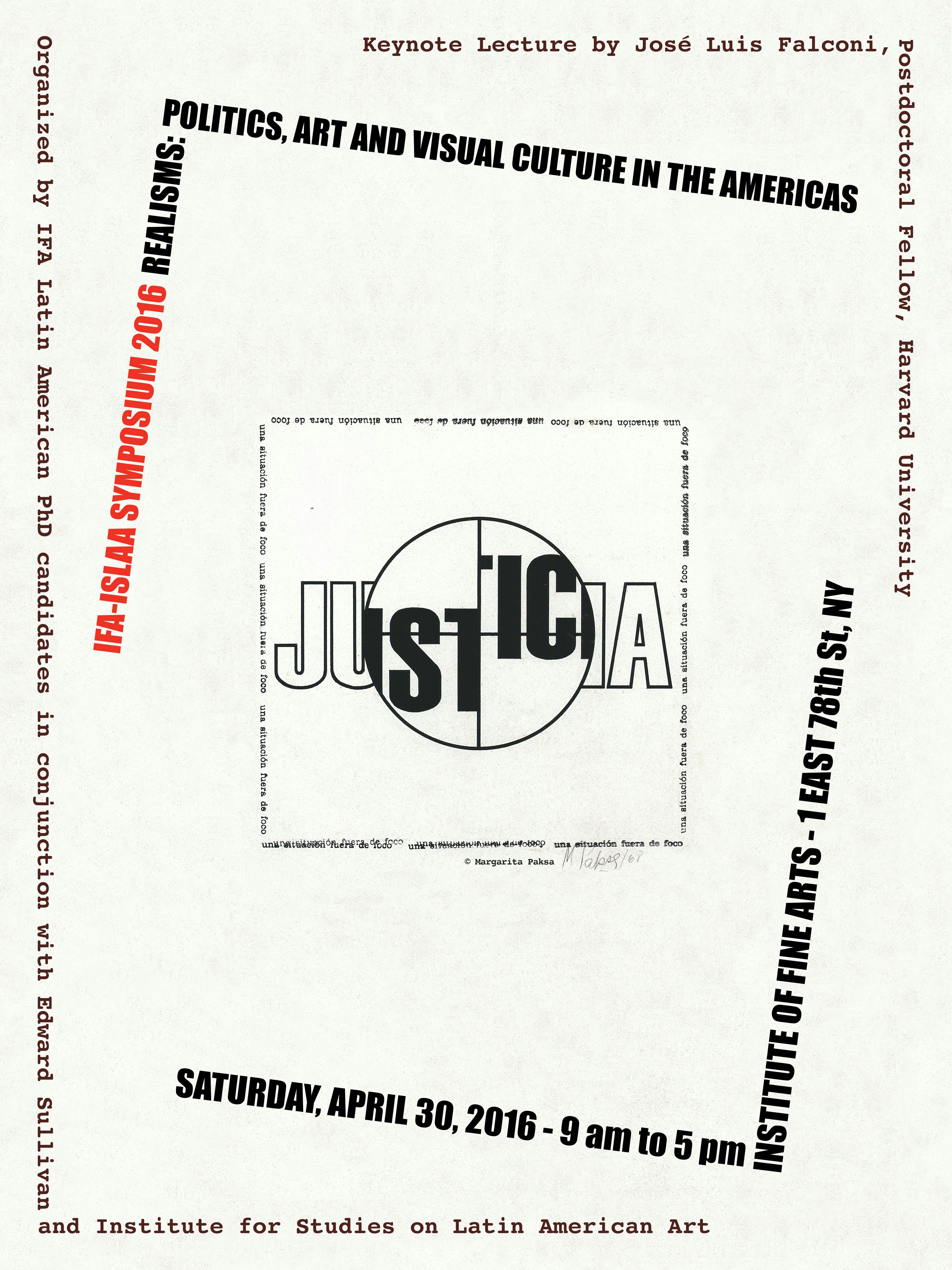Realisms: Politics, Art, and Visual Culture in The Americas

Realisms: Politics, Art, and Visual Culture in The Americas considered the aesthetic and ethical dimensions of “realism” in the Americas, its truth status, and the ways it has served as a visual strategy for critically addressing social, political and economic conditions. These inquiries into how realism functions within state violence, everyday life, mass media, and archives converged around the relationship between spectacle, spectator, and the photographic afterlife—what it means to witness, participate, intervene, and reproduce an image. The speakers probed fascinating and urgent topics: revolutionary photography and archival fragility in Central America, forensic art and commercialism in Mexican journalism, photographic intervention as a haunting, European-born women photographers in Latin America, locating truth in visuality, and the ways gender performativity disrupts realism—to name a few.